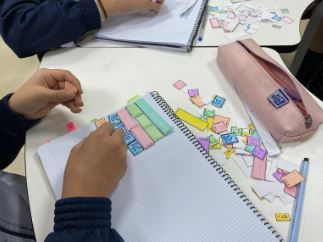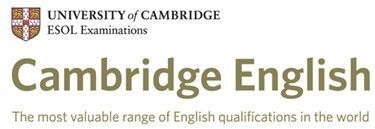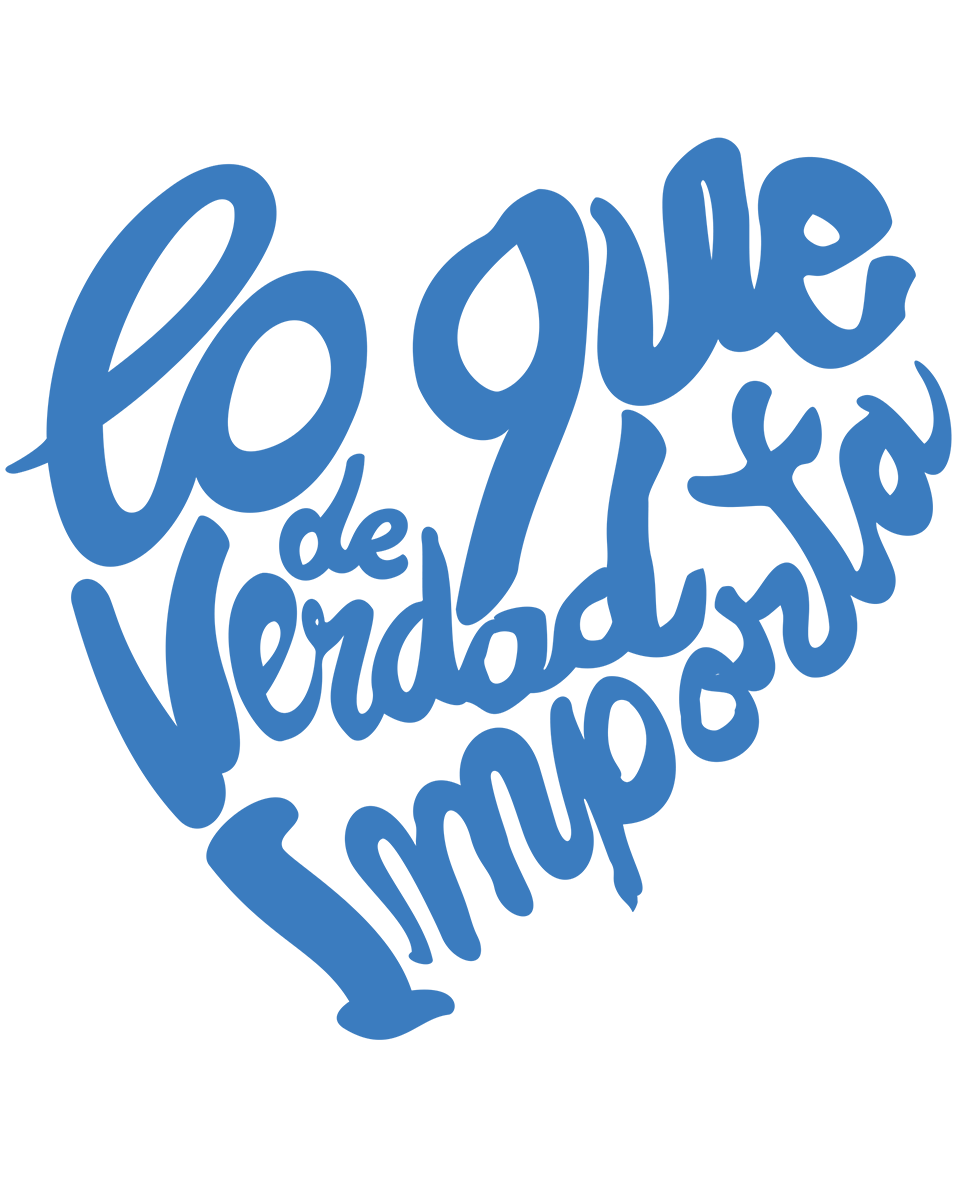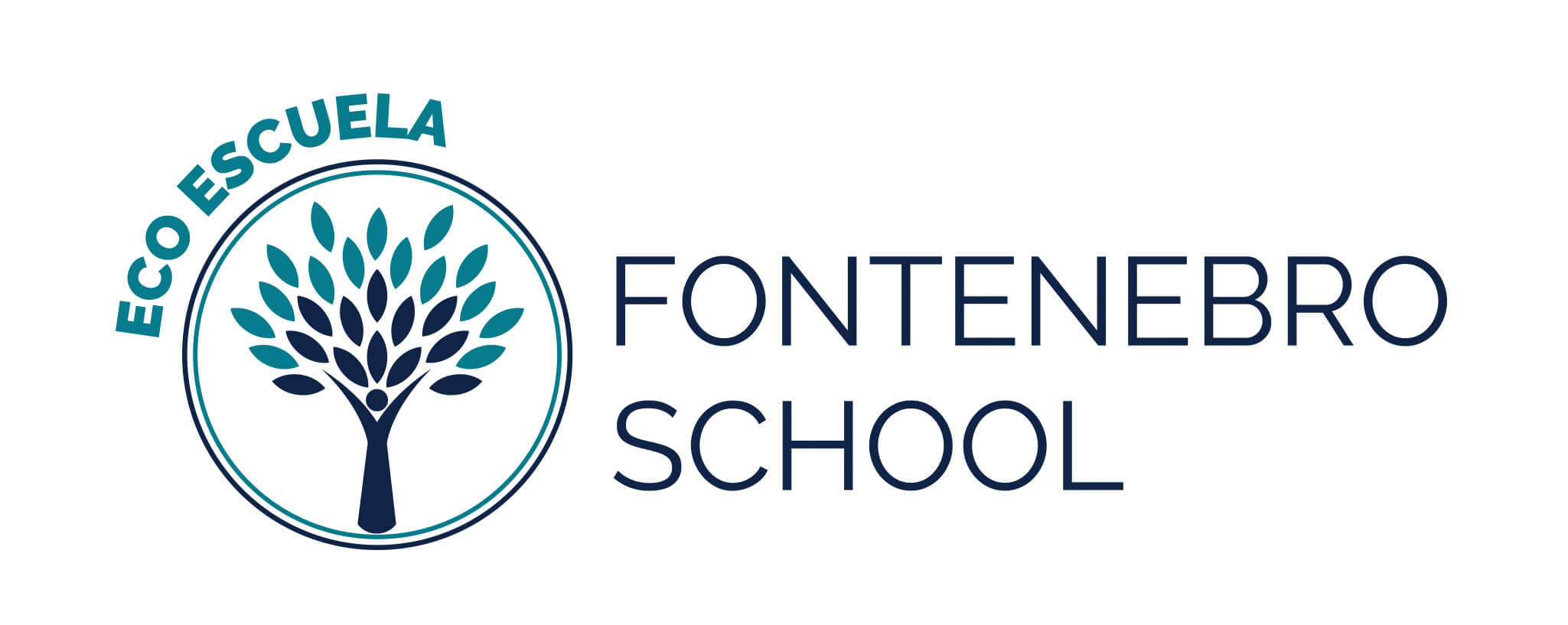VISUAL MATH IMPROVES PERFORMANCE
Despite the importance of visual math or manipulatives at higher levels of math (and at all levels), there is a perception that work on visual and visual math manipulatives is only needed as an aid to more abstract math. The didactics of this course suggest that students work with physical manipulations and drawings to help them learn abstract mathematics. Higher level students often develop the idea that manipulatives are for little ones and cannot be useful at higher levels of math, but that is a misconception. The general lack of appreciation of the visual nature of mathematics is related to the misconceptions that exist about the nature of mathematics.
Visual mathematics is an important part of mathematics itself. New research on how our brains work tells us that visual math also helps students learn numerical math.
In a groundbreaking new study, Joonkoo Park and Elizabeth Brannon (2013) found that the most powerful learning happens when we use different areas of the brain. When students work with symbols, such as numbers, they use a different area of the brain than when they work with visual and spatial information, such as a series of dots. Researchers found that math learning and performance are optimized when the two areas of the brain communicated (Park & Brannon, 2013), (for math questions that encourage this use of visual and symbolic representations). Furthermore, they found that training students through visual representations significantly improved their mathematical performance and that at the numerical level visual training helped students more than training limited to numbers.
What is Visual or Manipulative Mathematics?
In ESO 1 we have provided different ways of seeing fractions that have brought students into contact with visual mathematics. They have learned that Mathematics can be seen in a different way and that sometimes people are moved and inspired when they see Mathematics as objects with which they can manipulate, experiment and investigate and as images, not just symbols.
The photos show how the visual part has been worked on, helping students to develop an understanding of the equivalence of fractions, multiplication, division, addition and subtraction, understanding what these concepts really mean beyond the mechanization that can be in the usual calculations.
Fraction strips help students understand the concept of a fraction, analyze relationships between fractions and their representations, and facilitate more meaningful learning.
Visual math also facilitates higher-level thinking, enables communication, and helps people see creativity in math. Understanding creativity as the ability to create new associations between known ideas and concepts, which usually produce original solutions.
Mathematics is a subject that allows precise thinking, combined with creativity, open-mindedness, experimentation, visualization and flexibility, mathematics comes alive and makes more sense.
Teachers can create mathematical excitement in the classroom by providing questions that encourage the search for different ways of looking at and solving problems and that encourage discussion about all proposals. This process of analysis and discussion of different procedures and approaches enriches mathematical knowledge and analytical skills.
When we don’t provide students with the ability to think visually, we miss out on an incredible opportunity to increase their understanding of Mathematics and provide them with a great opportunity to investigate and exchange the ideas that are generated in the process of analysis and learning.
Carmen Hormiga and Ana Siguero.
Teachers of Maths 1º ESO













![BAPParentLogo[5]](https://fontenebroschool.com/wp-content/uploads/2020/09/BAPParentLogo5.png)


